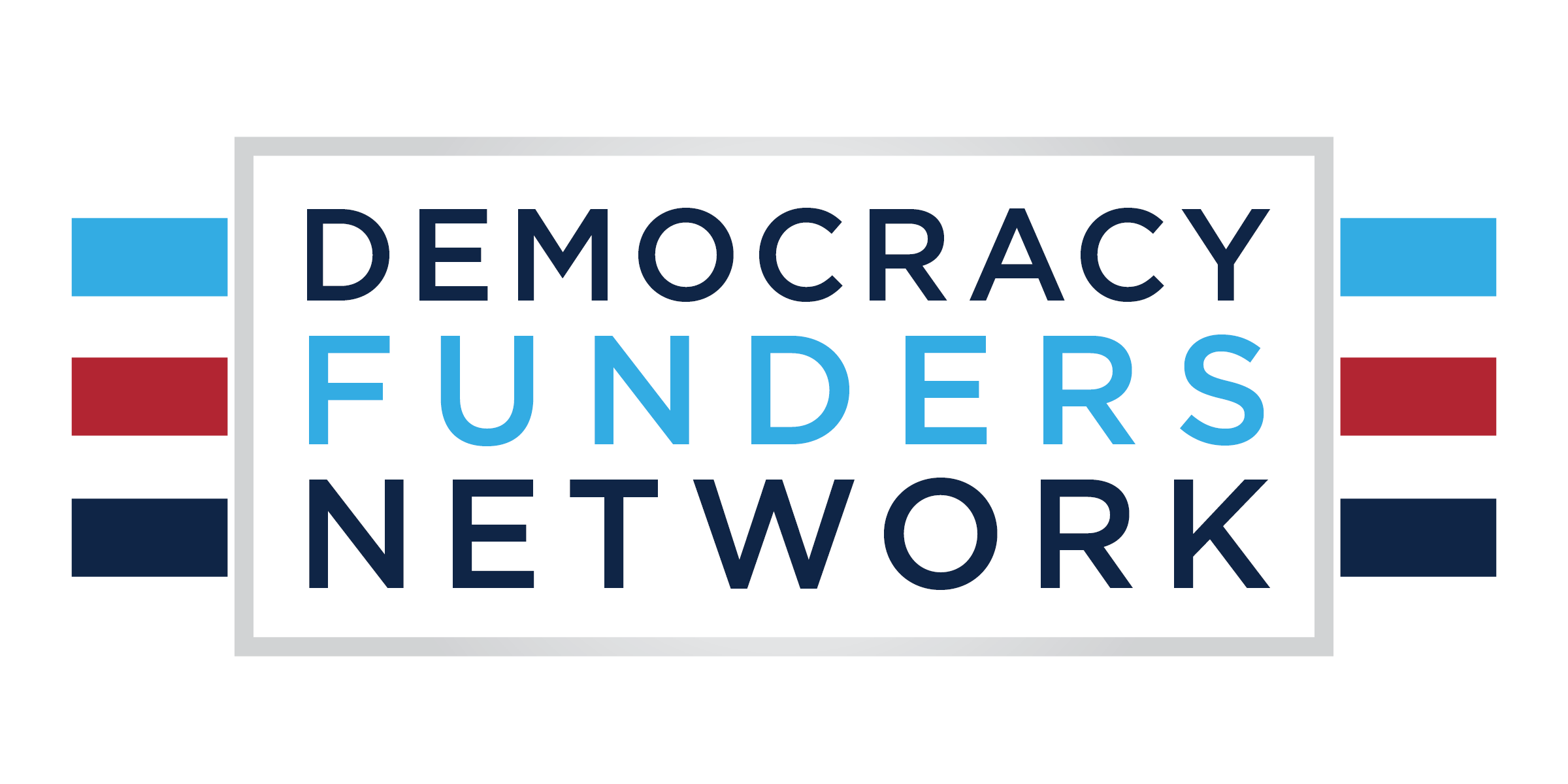Closing Civic Space in the United States: Connecting the Dots, Changing the Trajectory
In this new report from the Carnegie Endowment for International Peace, Dr. Rachel Kleinfeld examines how over the past two decades, dozens of governments have used regulations, laws, and vilifying narratives to restrict the ability of civil society organizations to act and speak. Now, a similar set of tactics is being rolled out in the United States. What should philanthropists and organizations expect, and what can be done?
From the report:
CLOSING SPACE INTERNATIONALLY
“The absence of civic space was a hallmark of Cold War totalitarianism. There was the individual, and there was the government; any attempt to organize regular people to act or speak publicly in even innocuous ways—such as a birdwatching league, a home church, or a small arts magazine—had to be monitored and approved by the ruling party or crushed.
The blossoming of civil society across the former Soviet Union and many other once-closed societies was among the strongest signals that the 1990s wave of democracy was not only toppling authoritarian regimes but also growing roots. Organizations, interest groups, religious congregations, open media, and the free exchange of ideas helped people find their voices, locate their communities, and push their governments and societies to do things that they cared about.
Then, in the mid-2000s, democracy started to recede globally. And the walls started to close in on civil society.”
